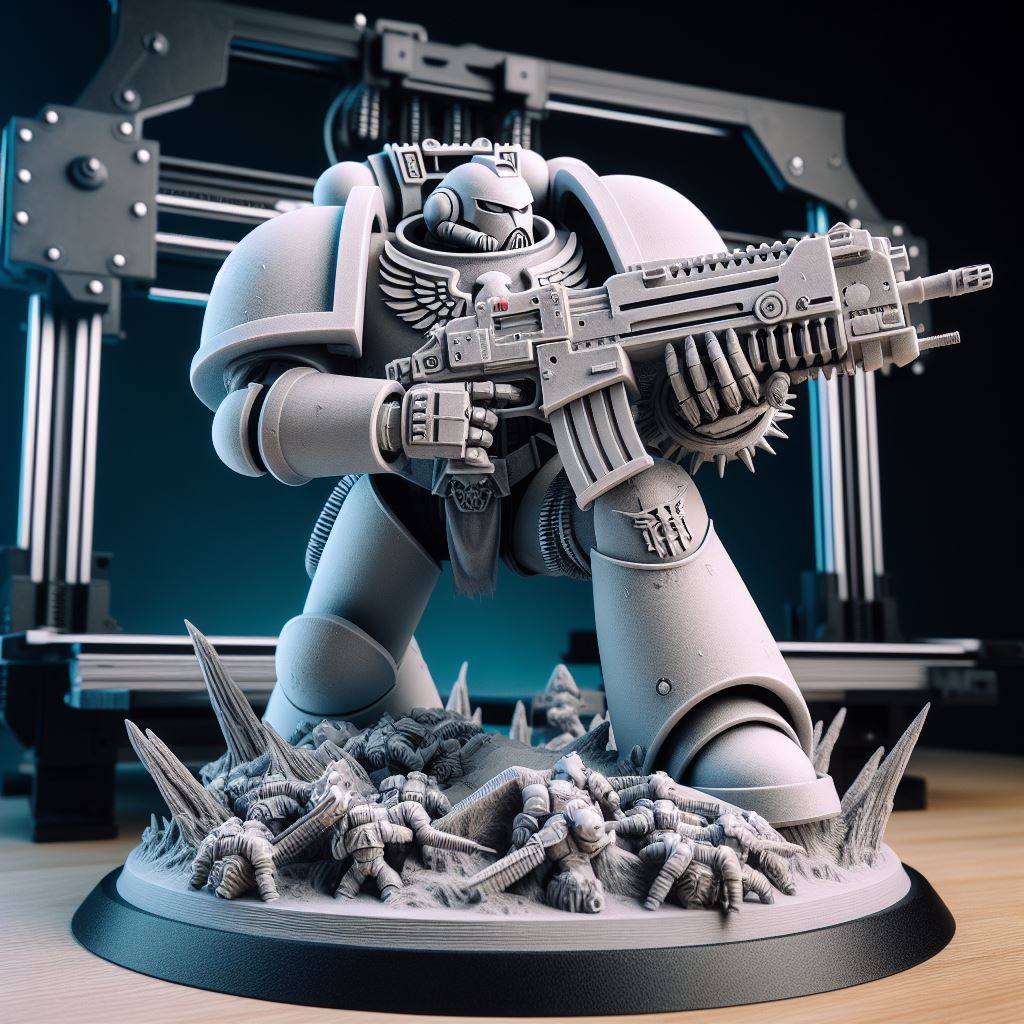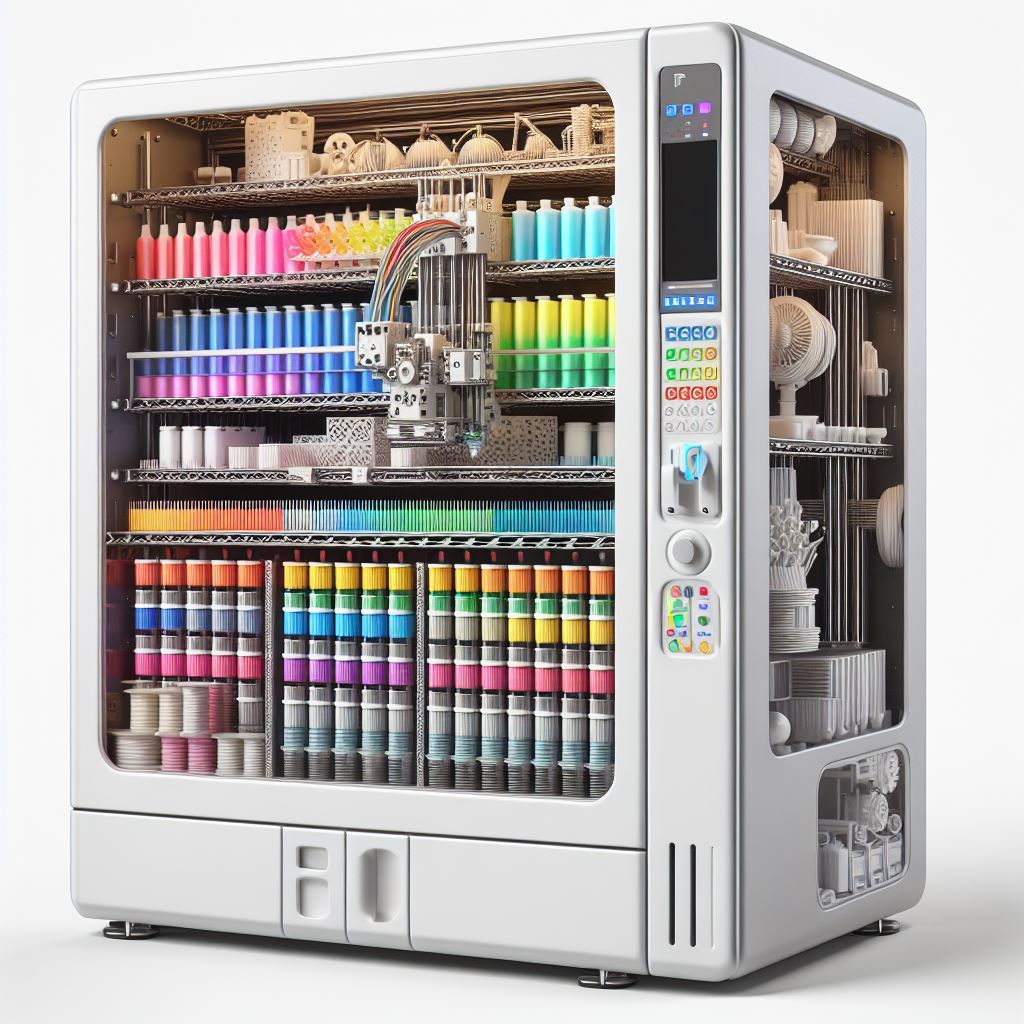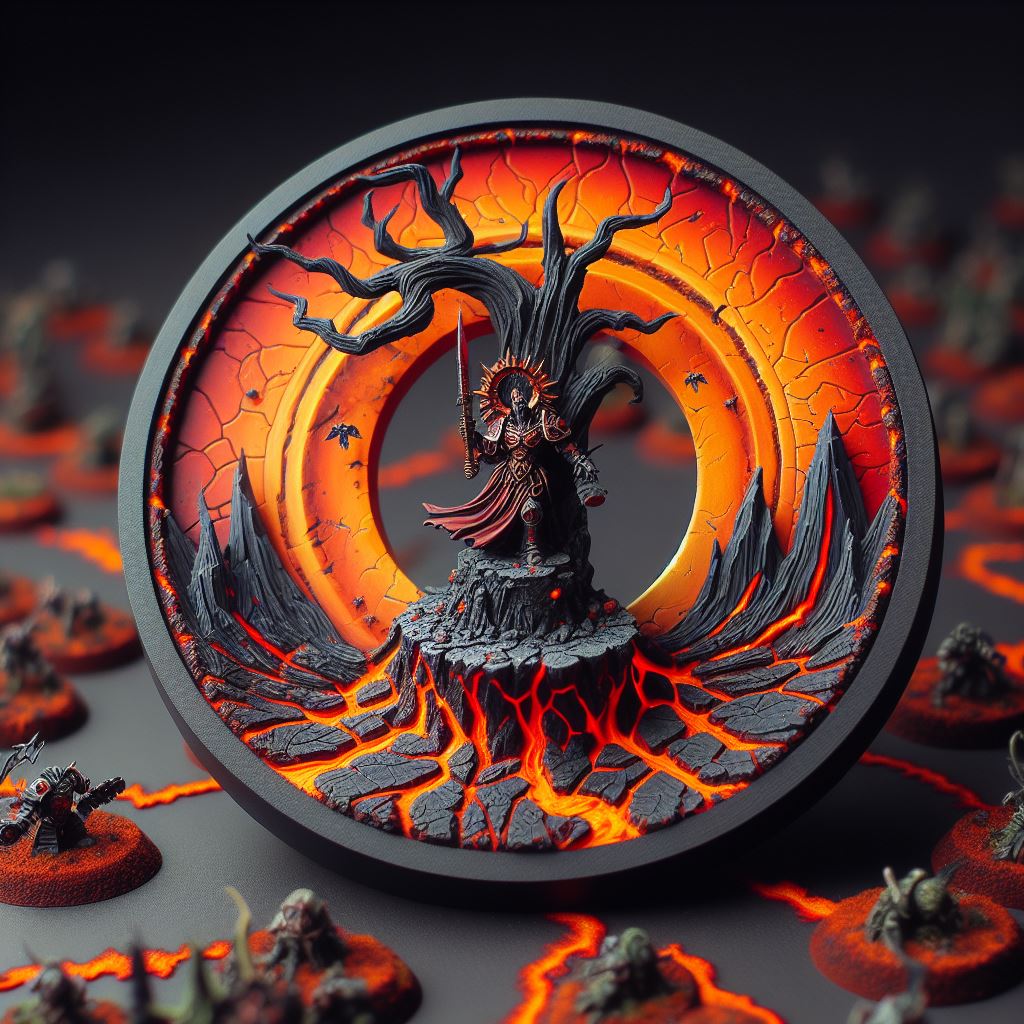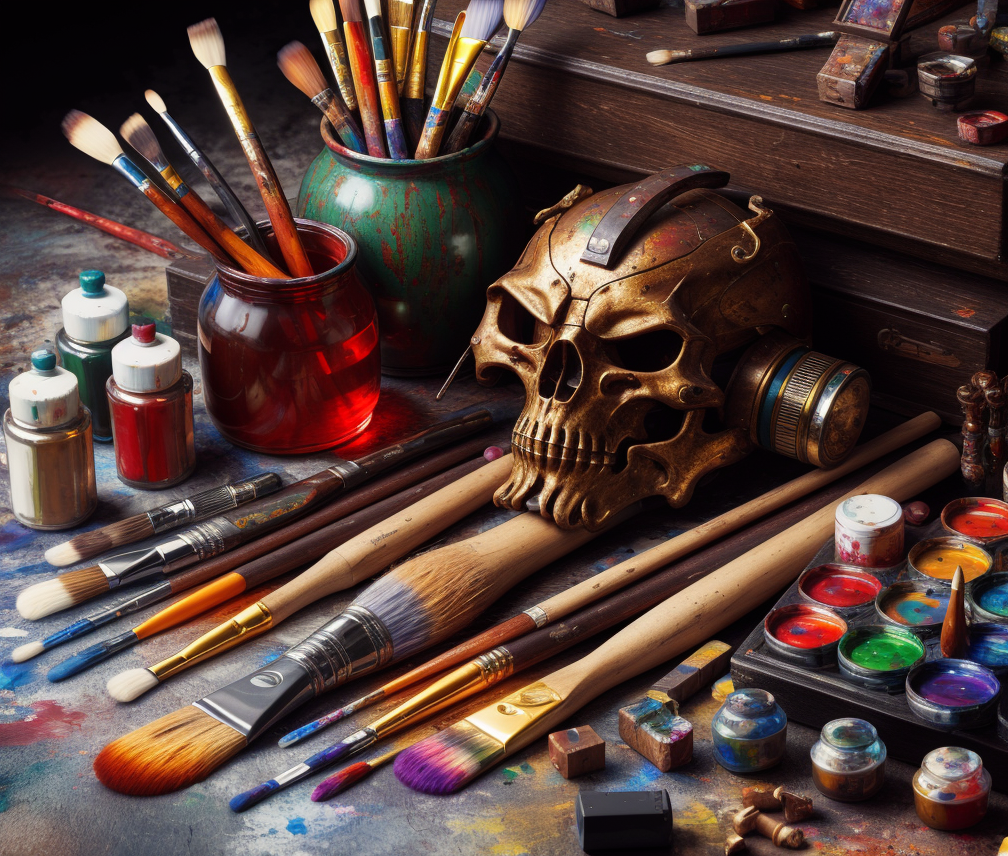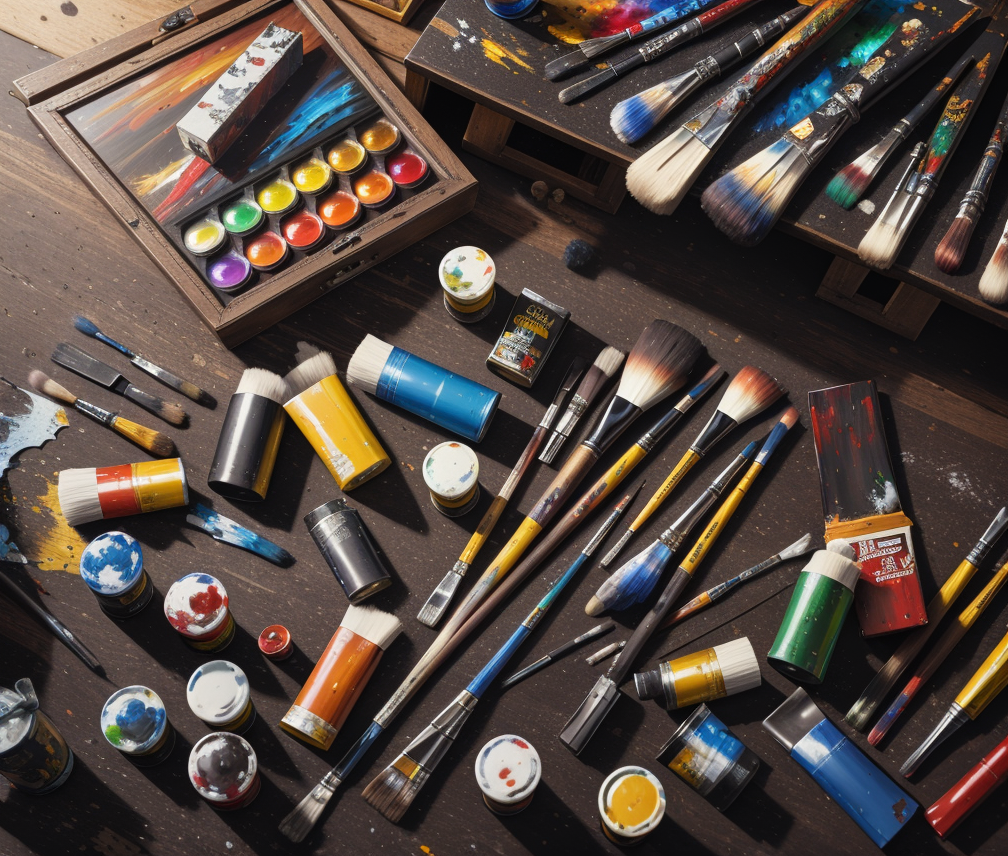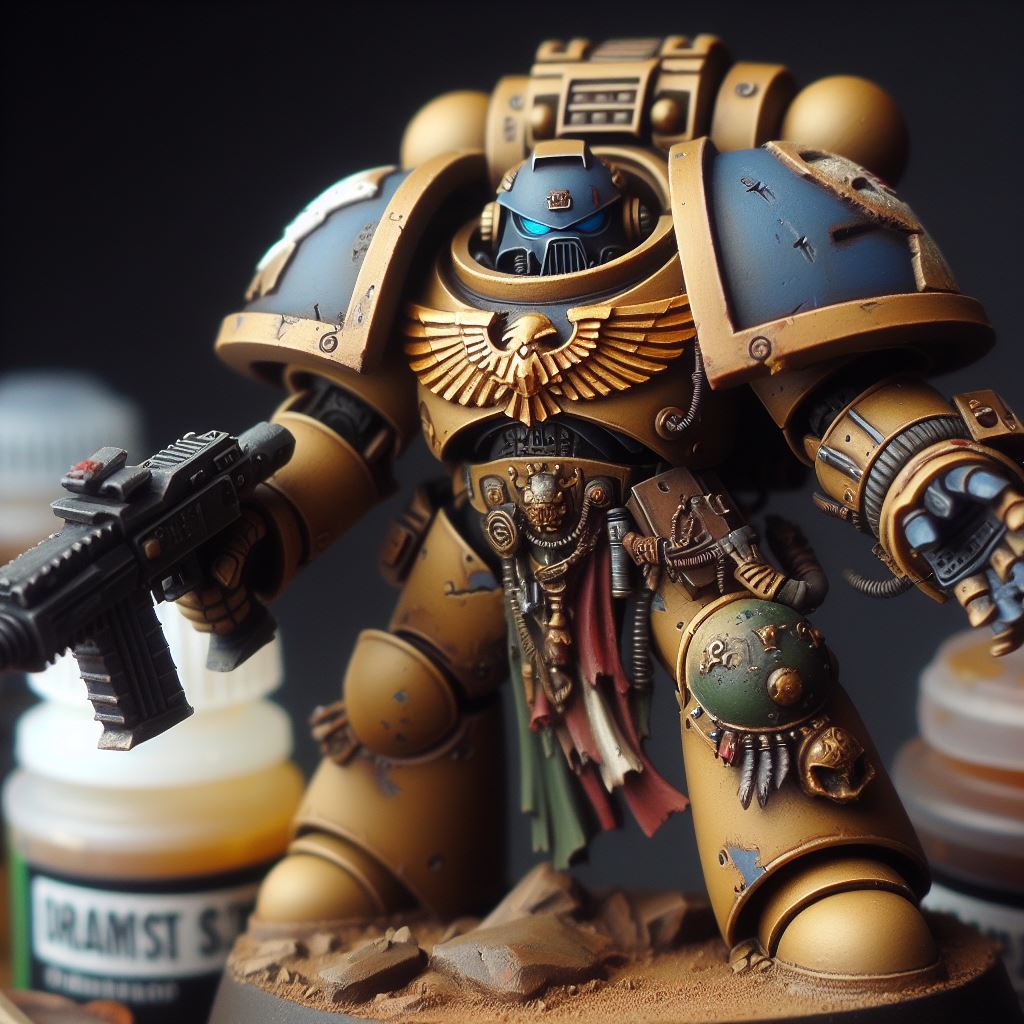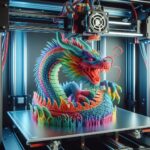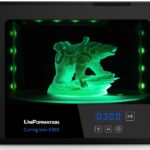Best Primer Spray Paints for 3D Prints: A Guide for 2024
As a miniature hobbyist with over 20 years of experience painting models, I’ve learned proper priming is the key first step for a perfect paint job on 3D printed creations. In this comprehensive primer guide from WarhammerUniverse.com, I’ll cover everything you need to know to prep and prime prints like a pro.
Why Prime 3D Prints?
Priming fills the layer lines on 3D printed objects to create a smooth uniform surface for paint to adhere to. The neutral gray color provides visual contrast that makes it easy to see coverage when painting intricate details. Primers formulated specifically for painting plastic models and miniatures bond best and ensure paint durability.
Goals of Priming 3D Prints:
- Fills in layer height transitions for smoother surface
- Provides uniform foundation for paint to cling to
- Neutral color contrasts shadows and helps gauge coverage
- Lets painter spot and fix imperfections before painting
Choosing the Best Primer – Key Considerations
Surface Quality: Pick primer type based on the smoothness of your 3D printed part. Smoother resin prints may only need a basic brush-on primer while rough FDM prints benefit more from high-build primers and fillers.
Filament Properties:
Most standard primers work well on common 3D printing filaments like PLA, ABS and PETG:
- PLA can use general spray paint primers but allow for longer cure times.
- PETG may require minor sanding for primer to adhere properly. Go slowly with thin primer coats on PETG.
- ABS filament prints may need higher fill primer and putty to fully fill more visible layer transitions before smoothing out.
- Resin does not display layer lines but still needs proper priming for paint adhesion. Avoid thick high-fill primers on resin.
Model Size: Aerosol spray primer cans allow quick, full coverage but can be tricky to control on tiny miniature prints. Brush-on primers give you more precision for small scale miniatures.
Brand Compatibility: Choosing a primer from the same manufacturer as your model paints ensures optimal adhesion. Reputable hobby painting brands include Vallejo, Citadel, Tamiya and Army Painter.
Primer Features:
Some 2-in-1 primers also function as fillers that build up thicker layers while others only act as surface primers. Color options typically include gray, white and black.
Top 10 Best Primers for 3D Printed Miniatures & Models
Here are my top recommendations for priming 3D printed objects:
- Vallejo Surface Primer My all-around top pick, available in bottles for brushing and 60ml cans for airbrushing
- Army Painter Uniform Gray Their Color Primer provides ideal neutral basecoat for painting miniatures
- Tamiya Fine Surface Primer A favored spray primer in the scale modeling community for prep before painting kits
- Krylon Fusion All-In-One Convenient general use option that can double as primer plus paint
- Rust-Oleum Filler Primer Spray Adds thick build-up to fill FDM print layer lines on larger models
- Mr Surfacer 1000 Lacquer-based spray primer by Gunze Sangyo designed for airbrushed plastic kits
- Gesso Primer Water-based acrylic primer commonly used a base coat for canvas painting and terrain
- Automotive Primer Spray High-build primers designed for cars bonds extremely well but obscures finer details
- Badger Stynlrez Primer Polyurethane-based formula sticks to smooth resin
- Dupli-Color Sandable Primer Affordable sanded primer surfacer made for general craft priming needs
Step-By-Step Guide to Priming and Painting 3D Prints Like a Pro
Here are the key steps I follow for pro-quality miniatures painting results:
- Prepare Surface
Remove supports, sand away layers and wash off dust and oils for paint adhesion
- Select Appropriate Primer
Match primer to attributes like 3D print smoothness, plastic used and model size
- Mix & Apply Primer
Stir thoroughly before spraying light even coats from 6-8 inches distance
- Inspect Primer Layer
Highlighted print imperfections can now be spot fixed as needed
- Buff and Polish
Smoothen primer via wet sanding and buffing sticks before final tack cloth wipe
- Paint Models Using Spray Paint
Start by applying colored undercoat followed by contrasting fine topcoat layers
- Seal with Clear Protective Coat
Apply gloss, satin or matte clearcoat for desired sheen and to protect paint
Next Level: Advanced Smoothing & Filling Techniques
Further options to achieve ultra-smooth professional model surface finish:
- Apply thick high-fill automotive putty over sanded print
- Once fully cured, wet sand putty coats to carefully remove excess material
- Repeat applications of putty, primer and sanding until optimized smoothness reached
Expert Painting Tips:
- Always spray paint at room temperature for best results
- Use sticks inserted into blocks to mount models for easier handling
- Avoid touching uncured paint layers with gloves to prevent fingerprints
So there you have my complete primer guide for flawlessly prepping and painting 3D printed creations to look amazing. Please share your own tips in the comments and check out miniatures painted based on these techniques on both our YouTube channel and Discord server. We would love to see photos showcasing your printed and painted models!
Related Articles
Find the top 3D printers in 2024 for crafting high quality miniatures – compare 15+ models across budget and performance considerations.
Get definitive answers on 2024 laws surrounding 3D printing miniatures – know the IP and copyright rules for personal use vs. commercial.
Master end-to-end 3D printing workflows for miniatures – produce robust models, apply pro painting methods and preserve finishes.
Eliminate stringing on your 3D prints through temperature, retraction distance, speed and cooling optimizations – fixes ugly imperfections.
Get full clarity on 3D printing cost considerations – calculator covers hardware, resin/filaments, paints, models expenses and army sizes.
See how nozzle dimensions impact detail – balance resolution vs. speed when 3D printing high quality miniatures for the tabletop.
Compare starter 3D printer options – weigh resin vs. filament on affordability, ease of use and print quality tradeoffs.
Apply 3D printing basics for beginners – tackle test prints then master software, model prep, post work and painting.
Learn tips for painting miniatures in 2024 – produce vibrant, durable tabletop models ready for gameplay and display.
Get advice for how to 3D print Warhammer miniatures – supports, orientation, plate adhesion and more.

